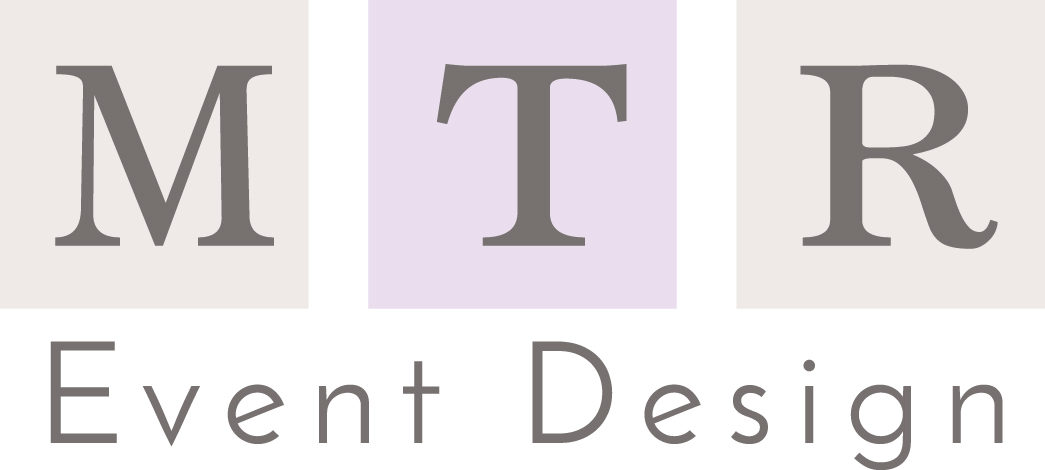The COVID-19 pandemic has brought a huge jump in demand for speaker tips and presenter coaching. Presenting to and engaging a virtual audience is quite different than presenting to and engaging an in person or hybrid audience. As in person meetings come back, event planners may have both an in person and virtual audience to prepare for which would require different set of skills and approaches.
It is important to help speakers and presenters understand their good and bad tendencies and adjust them during rehearsals and presentation run throughs. It is equally imperative that event speakers can present in a clear, confident, and engaging manner. For a previous blog on Speaker Questionnaires and Checklist click here
As the economy opens and hybrid events increasingly become the norm, speakers need guidance on confidently transitioning to these in-person and hybrid scenarios.
Here are four tips speakers will need in this new meeting environment
Lights, Camera, Eye Contact!
♦ Keep strong eye contact and stay at close range. Even seasoned speakers who know their material struggle to get comfortable with being in front of one camera lens instead of hundreds of eyes. Being in front of a camera doesn’t give anything back to the presenter and that disconnect can cause the speaker to be less confident and less effective as a result.
Up Close and Personal
♦ For fully virtual events, speakers must get as close as they can to the camera and maintain eye contact for as long as possible. Each meeting attendee should feel like they are in a one-to-one conversation with the presenter. Placing presenter notes just under the camera lens or diagonally to the side and setting them on a stand will help the speaker to avoid frequent head turning during the presentation. For hybrid events, a good camera operator can help the in-person speaker connect to the remote audience through strategic close-ups.
♦ For hybrid audiences, presenters can treat the camera as another section of the room that they are addressing and pay as much attention to that ‘additional room’ as they do to each section of an in-person audience of attendees. It is important for all event participants to feel a part of the room, they will then ask more questions and be more engaged. Speakers can plan to spend a minute focusing on the right side of the room, then on the left side of the room, and then turn their attention and focus on the camera section of the room.
Speak Up!
♦ Presenters should speak at a deliberate pace and be aware of their cadence. A good tech team is aware of the metrics in their equipment and platform to effectively monitor the speaker during rehearsals. Even more so than with a fully in-person audience, using a deliberate pace will boost the understanding and retention of material by the virtual audience.
Practice Makes Perfect
♦ The best training is when the speaker or presenter can hear themselves. Rehearse as much as possible in order to strengthen muscle memory. Even for pre-recorded presentations, get to a point where the speaker is not thinking about it. The speaker can ask themselves ‘How’s my cadence? How’s my breathing? Am I using filler words when I pause? Am I staying on time?’ Practice out loud as often as necessary to feel confident and maintain more focus on the material rather than on how things sound.
